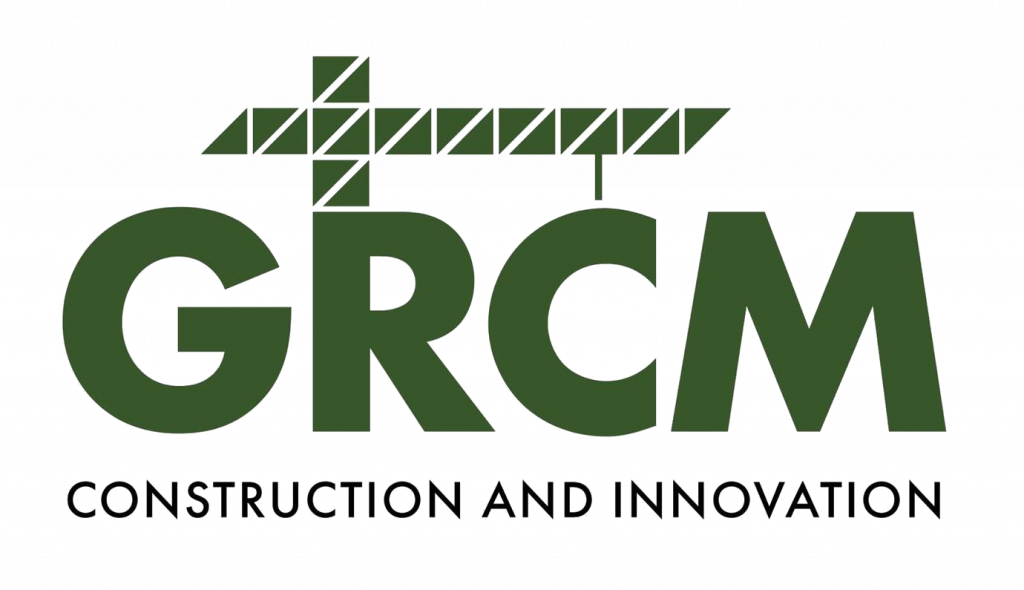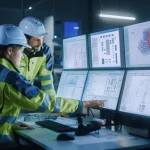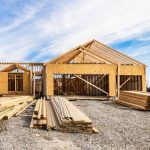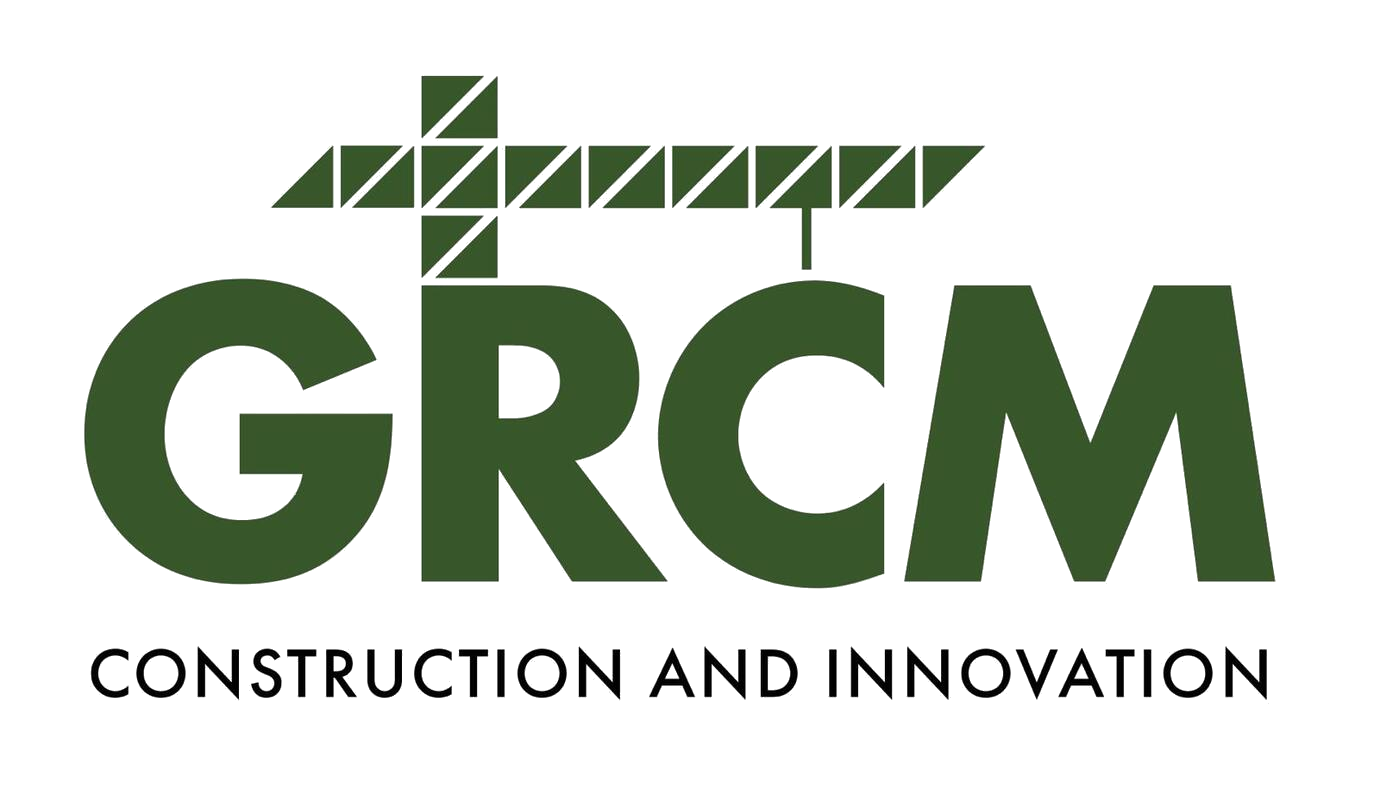Leveraging AI for Health and Safety on Canadian Construction Sites
Construction is a cornerstone of Canada’s economy, with 299,589 housing starts in September 2024 and a 3% rise in building permits signaling robust activity. Yet, it remains one of the most hazardous industries, with thousands of workplace injuries reported annually. In 2024, Statistics Canada noted that construction accounted for 20% of workplace fatalities despite employing only 7% of the workforce. Addressing health and safety challenges is critical, and artificial intelligence (AI) is emerging as a game-changer. From real-time hazard detection to predictive analytics, AI is transforming how construction sites manage risks. This post explores how AI can enhance health and safety on Canadian construction sites, tackling labor shortages, rising material costs, and regional complexities like Toronto’s high-cost environment.
The Safety Challenge in Construction
Construction sites are inherently risky, with hazards ranging from falls and equipment accidents to exposure to harmful substances. In 2024, Ontario alone reported over 5,000 construction-related injuries, driven by high project volumes in urban centers like Toronto, where costs per square foot can reach $400. Labor shortages—81,000 unfilled jobs nationwide—exacerbate the problem, as inexperienced workers or rushed schedules increase accident risks. Additionally, fluctuating material costs (concrete up 8%, steel at $1,200–$1,500 per metric ton, lumber at $500–$600 per thousand board feet) pressure contractors to cut corners, sometimes compromising safety.
Traditional safety measures, like manual inspections and training, are essential but often fall short. They’re time-consuming, prone to human error, and struggle to keep pace with the scale of modern projects, such as Ontario’s Bruce Nuclear Generating Station or British Columbia’s transit expansions. AI offers innovative solutions to bridge these gaps, enhancing safety while improving efficiency.
How AI is Transforming Construction Safety
AI technologies are revolutionizing health and safety by providing real-time insights, automating monitoring, and predicting risks before they escalate. Here are five key ways AI is making Canadian construction sites safer:
1- Real-Time Hazard Detection with Computer Vision
AI-powered computer vision systems use cameras and drones to monitor sites continuously, identifying hazards like unguarded edges, improper equipment use, or workers without personal protective equipment (PPE). In 2024, companies like Toronto-based Procore integrated AI vision tools that alert supervisors instantly, reducing response times from hours to seconds. For example, a system might detect a worker without a hardhat and trigger an alert, preventing potential injuries.
Benefits:
- Reduces human error in safety inspections.
- Enables 24/7 monitoring, critical for large-scale projects like Alberta’s industrial developments.
- Lowers costs by minimizing downtime from accidents.
2- Predictive Analytics for Risk Prevention
AI algorithms analyze historical data—weather patterns, worker fatigue, or equipment maintenance records—to predict potential accidents. For instance, BuildForce Canada reported that fatigue-related errors spike during peak construction seasons. AI tools like those from Smartvid.io can forecast high-risk scenarios, allowing managers to adjust schedules or reinforce training. In Vancouver, where weather delays are common, AI predicts slippery conditions, prompting preemptive measures like anti-slip mats.
Benefits:
- Prevents accidents by addressing risks proactively.
- Optimizes labor use amid shortages, ensuring safer workloads.
- Aligns with Canada’s Green Building Strategy by reducing waste from delays.
3- Wearable Technology and IoT Integration
AI-powered wearables, such as smart vests or helmets, monitor workers’ vital signs, movements, and environmental exposures. In 2024, Quebec-based firms adopted IoT-enabled wearables that alert supervisors if a worker is overheated or enters a restricted zone. These devices, paired with AI, analyze data in real time, flagging risks like overexertion, which is critical for high-risk trades like pipefitting.
Benefits:
- Enhances worker well-being, reducing heatstroke or fatigue incidents.
- Supports immigrant workers, who make up 20% of the workforce, by providing multilingual alerts.
- Reduces insurance costs, a significant expense in Toronto’s high-cost market.
4- Automated Equipment and Robotics
AI-driven robotics, like autonomous cranes or exoskeletons, minimize human exposure to dangerous tasks. In Ontario, where labor shortages drive reliance on technology, AI-controlled equipment handles heavy lifting or hazardous material transport, reducing strain injuries. Exoskeletons, used in British Columbia’s modular construction projects, assist workers in lifting, cutting musculoskeletal injuries by up to 30%.
Benefits:
- Lowers injury rates in physically demanding roles.
- Boosts productivity, offsetting material cost pressures.
- Enables safer work for aging workers, with 300,000 nearing retirement by 2030.
5- Virtual Training and Simulations
AI-powered virtual reality (VR) platforms simulate hazardous scenarios, training workers to handle risks without real-world consequences. In 2024, Alberta’s apprenticeship programs adopted AI-driven VR to teach safety protocols for high-risk tasks like scaffolding. These tools are especially valuable for immigrant workers, offering multilingual modules to overcome language barriers.
Benefits:
- Accelerates training, addressing low apprenticeship completion rates (30% within five years).
- Improves safety compliance, critical for regulatory-heavy regions like Toronto.
- Reduces onboarding costs, freeing budgets for material investments.
Challenges and Considerations
While AI holds immense potential, its adoption faces hurdles:
- High Initial Costs: Implementing AI systems, like computer vision or wearables, can cost $50,000–$100,000 for mid-sized firms, a challenge in cost-sensitive markets like Halifax.
- Data Privacy: Wearables collecting health data raise privacy concerns, requiring compliance with Canada’s Personal Information Protection and Electronic Documents Act.
- Skill Gaps: With 20% of workers being immigrants, training on AI tools must account for language and technical barriers.
- Resistance to Change: Some contractors, especially smaller firms, hesitate to adopt AI, preferring traditional methods despite rising injury rates.
To overcome these, companies can leverage government incentives, like Innovation, Science and Economic Development Canada’s technology grants, to offset costs. Partnerships with tech providers can also streamline training and integration.
Strategies for Successful AI Adoption
To maximize AI’s impact on safety, construction firms can adopt these strategies:
- Start Small: Pilot AI tools, like wearable sensors, on a single site to test efficacy before scaling.
- Train Workers: Offer multilingual AI training to ensure all workers, including immigrants, can use tools effectively.
- Partner with Tech Providers: Collaborate with firms like Procore or Smartvid.io for tailored solutions, reducing implementation costs.
- Integrate with Existing Systems: Ensure AI tools sync with project management software to avoid workflow disruptions.
- Monitor ROI: Track metrics like injury reductions or downtime savings to justify investments, especially in high-cost regions like Toronto.
Looking Ahead
AI is reshaping health and safety on Canadian construction sites, offering innovative solutions to longstanding challenges. By detecting hazards, predicting risks, and enhancing training, AI not only protects workers but also boosts efficiency in an industry strained by labor shortages and rising material costs. As Canada pushes for ambitious housing and infrastructure goals, with projects like Toronto’s transit expansions and Alberta’s industrial developments, AI’s role will only grow.
For contractors, workers, and policymakers, embracing AI is about more than technology—it’s about building a safer, more sustainable construction industry. By addressing adoption challenges and leveraging immigrant workers’ contributions, Canada can lead the way in AI-driven safety, ensuring construction sites are as secure as they are productive.
GRCM is a trusted leader in construction, delivering innovative solutions for every project. With over 10 years of expertise, we specialize in general construction, commercial fit-outs, and consultancy.
Contact
- (647) 572-3913
- info@grcmcorp.com
2025 GRCM Corp. Website design by MJSoft




